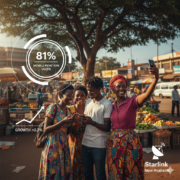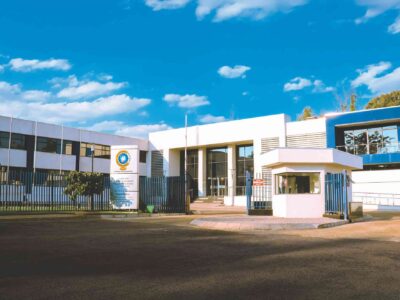The United Nations Development Programme (UNDP), in collaboration with the Government of Zimbabwe, has launched an innovative Low Temperature Evaporative Cooling System (LTEIHT-AC) a zero-emission cooling technology designed to provide affordable and eco-friendly temperature regulation amid the country’s rising temperatures.
The system, developed by Phokeng Global Health and Environmental Solutions, harnesses atmospheric enthalpy and water evaporation to produce cooling effects without relying on electricity or harmful refrigerants. Constructed from locally available materials, the technology is not only environmentally sustainable but also cost-effective, offering a scalable solution to Zimbabwe’s ongoing energy and climate challenges.
Speaking at the launch event, Dr. Ayodele Odusola, UNDP Resident Representative, hailed the initiative as a tangible example of homegrown climate innovation.
“This initiative represents a practical example of climate innovation in Zimbabwe — a solution that not only reduces greenhouse gas emissions but also empowers communities through local manufacturing and skills development,” Dr. Odusola said. “By investing in sustainable technologies like this, we are helping to ensure that no one is left behind in the transition to a greener, more resilient future.”
The Evaporative Cooling System Inception Meeting, hosted at UNDP’s Harare offices, brought together key stakeholders from government, academia, the private sector, and development partners to deliberate on the system’s design, applications, and roadmap for national deployment.
A major highlight of the event was the formal handover of the prototype from Phokeng Global Health and Environmental Solutions to the Scientific and Industrial Research and Development Centre (SIRDC). This handover marks the transition from design and development to institutional adoption and pilot testing. The system will now undergo rigorous field trials in selected communities to evaluate its performance and feasibility before a nationwide rollout.
Officials from the Ministry of Environment, Climate and Wildlife and the Ministry of Power and Energy Development commended the project as a step forward in integrating climate innovation into Zimbabwe’s national development agenda. They highlighted that the technology directly supports key national frameworks such as the National Climate Change Policy (2017), the Energy Efficiency Policy (2024), and Zimbabwe’s Nationally Determined Contributions (NDC 3.0) under the Paris Agreement.
Beyond policy alignment, the zero-emission cooling system contributes to the achievement of several Sustainable Development Goals (SDGs) — particularly SDG 7 (Affordable and Clean Energy), SDG 9 (Industry, Innovation and Infrastructure), and SDG 13 (Climate Action).
With climate change driving more frequent heatwaves and energy demand surges across Southern Africa, innovations like the LTEIHT-AC system signal a shift toward practical, low-cost solutions that reduce dependency on fossil fuels and enhance community resilience.
As Zimbabwe moves toward a greener economy, the partnership between UNDP, government ministries, and local innovators like Phokeng Global Health and Environmental Solutions demonstrates how collaborative climate action can deliver sustainable, inclusive, and locally driven progress.













Comments